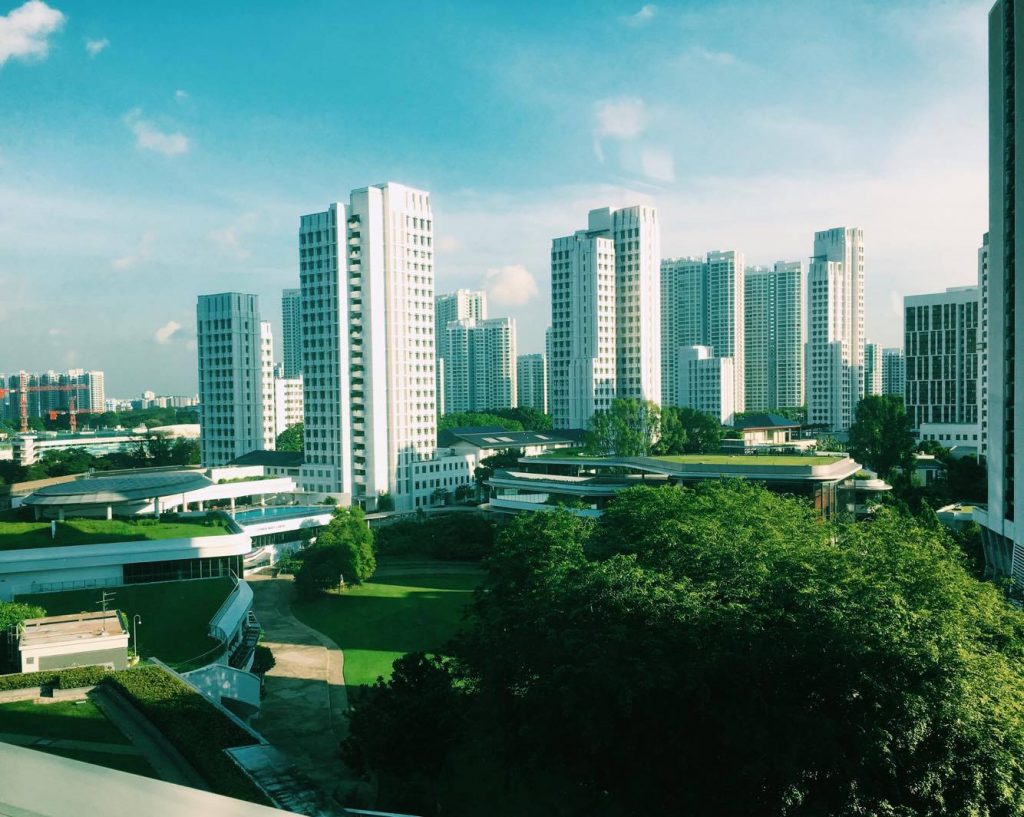“Disagreement is not the conflict between one who says white and another who says black. It is the conflict between one who says white and another who also says white but does not understand the same thing by it.” – Jacques Rancière
Before my trip to Indonesia and Singapore began, I thought of the concept and practice of tolerance and equality as static phenomena. One was either tolerant or intolerant, a dichotomy I believed I had built the skills to observe in keen detail through my advocacy work in the United States. Upon reflecting on Rancière’s quote, this concept of tolerance was my “white” as I explored and took the time to reflect throughout the dialogue. What was the fine line governing my reaction to intolerance abroad, and how, if at all, should that reaction be different from that in my own country? Furthermore, how was the practice of tolerance itself shifted within these new cultural and institutional contexts, and was tolerance of inequality toward societal cohesion ever a positive? Was it ever my place to judge?
The first stop on our trip, Singapore, was by far the most challenging place for this reflection and analysis to take place. The country is the most “climate-ready” country on earth, and development and quality of life indicators have soared at a faster rate than any other country on earth over the course of the last five decades. However, the country continues to remain under firm authoritarian order, with laws world-renowned for their severity and limits placed on speech and public dissent. It was here that I learned of a different side of tolerance—tolerance towards inequality and inequity for the sake of social cohesion.
Asking residents of Singapore if any discrimination existed in such a heterogeneous society (the country has a large mix of mostly Chinese, Indian, and Malay residents), the common response was no, no discrimination at all. Even asking Singaporean women how gender inequality was experienced relative to the rest of the world, we were told that none existed. This, of course, could have been due to the culture of fear surrounding dissent in the country, but it more seemed to be that these issues were instead not present in the public conscious. Coming from a country where I have been taught that dissent is patriotic, I struggled to place the experience within my own cultural lens.
Coming away from the experience, I definitely view tolerance as a multifaceted and complex phenomenon, a far cry from my limited view of the concept from the outset. Additionally, upon much reflection and discussion with fellow students, a critique of this phenomenon and others reinforcing systems of inequality is not intolerant, so long as it is done in a cultural respectful manner. Given that cultural relativism has been firmly disproven, instead of ruminating on insensitivity, what is more important is empowering and listening to locals and their fight for justice at home and abroad. I’ll take this lesson and these conversations with me for years to come, and I look forward to employing these values as an engaged global citizen throughout the rest of my academic and professional career.

